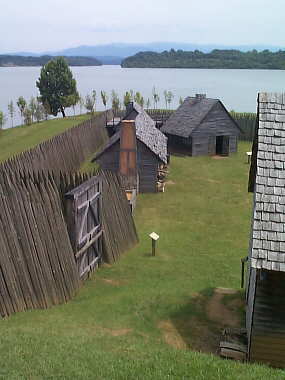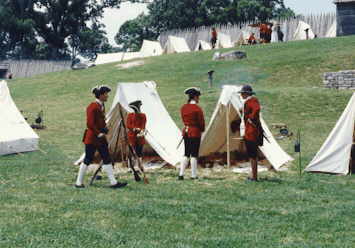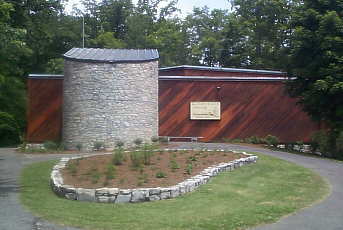

Fort Loudoun was conceived by Gov. James Glen of South Carolina, who saw the need for a fort among the Cherokees as early as 1746. It was not until the term of William Henry Lyttelton, in October, 1756 before construction actually began. The fort was named after John Campbell, fourth Earl of Loudoun, who was British Commander-in-Chief in North America from 1756 until 1758.
In less than two years, tragedy struck the fort. A breakdown in relations between the British and the Cherokee, which began in the Spring of 1758 on the Virginia frontier and eventually led to the execution of 23 Cherokees at Fort Prince George in South carolina in late 1759. It contributed to the surrender of Fort Loudoun. This breakdown, coupled with attempts by the French to destroy the British-Cherokee alliance, brought violence to the Southern frontier by early 1760.
In a decidedly anti-British frame of mind, the Cherokee laid siege to the fort beginning in March of 1760. By cutting the fort's supply line through the mountains of Tennessee and North Carolina to Fort Prince George. By June rations were reduced to one quart of corn per day, divided among three people. Both South Carolina and Virginia failed in efforts to relieve the siege.
On August 6th., Paul Demere asked the Cherokees for terms of surrender, and on August 9th. the garrison left the fort, with a party of 180 men and 60 women and children. The next morning, the garrison's camp was attacked and all but one officer and 20 - 30 other persons were killed. The rest were taken as slaves, with most eventually ransomed by South Carolina and Virginia.


